Get in touch for wholesale: 01243 781730
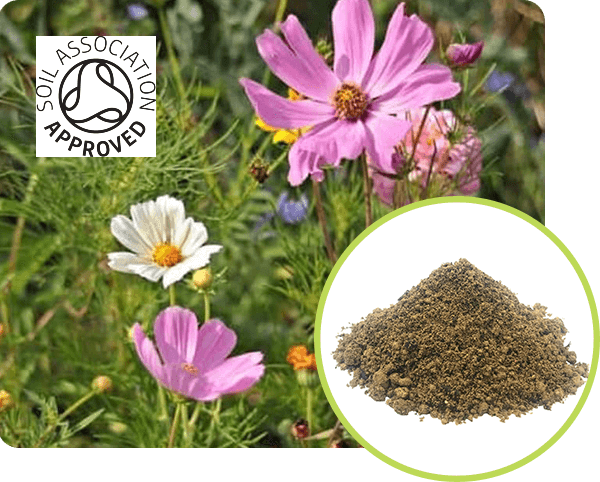
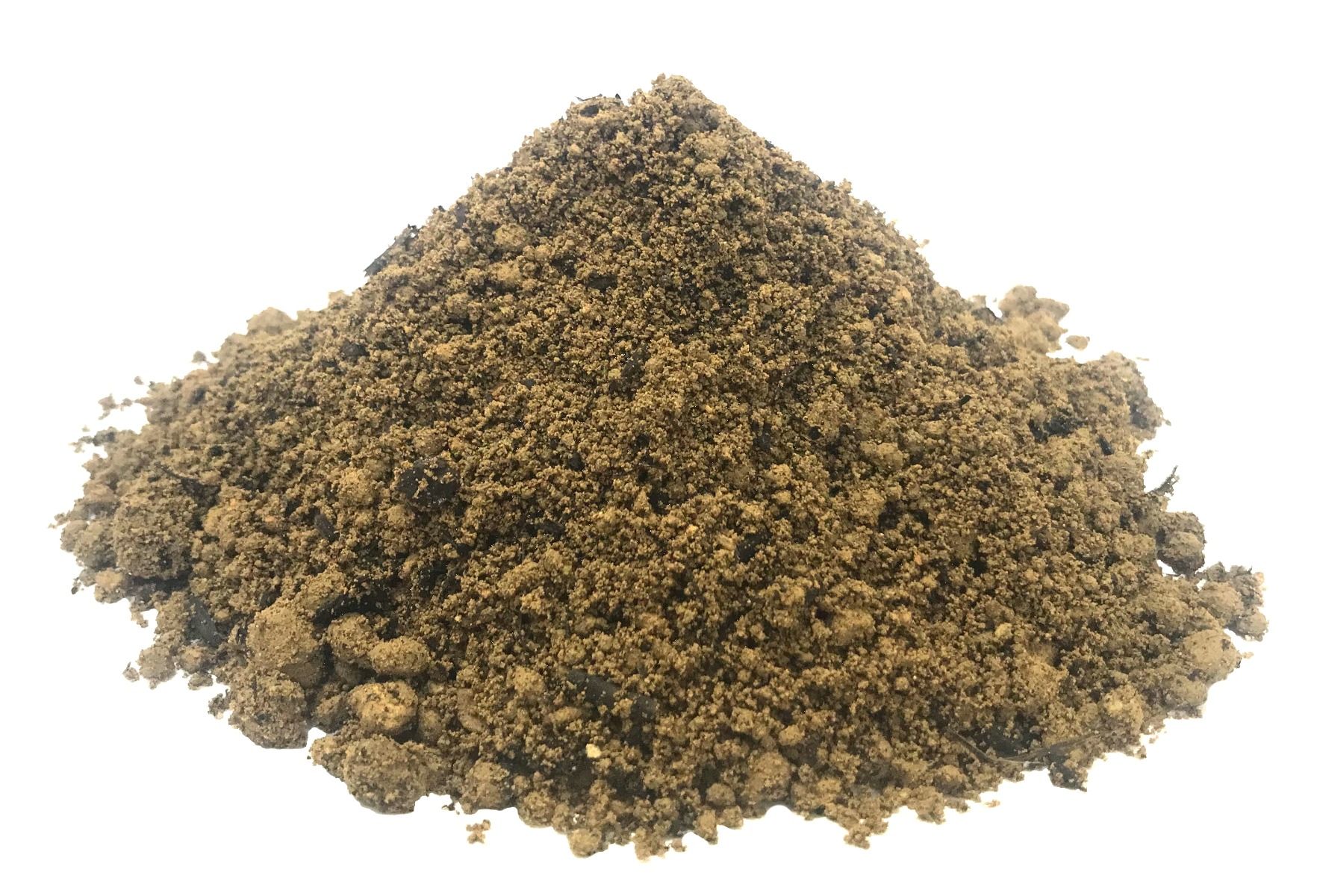
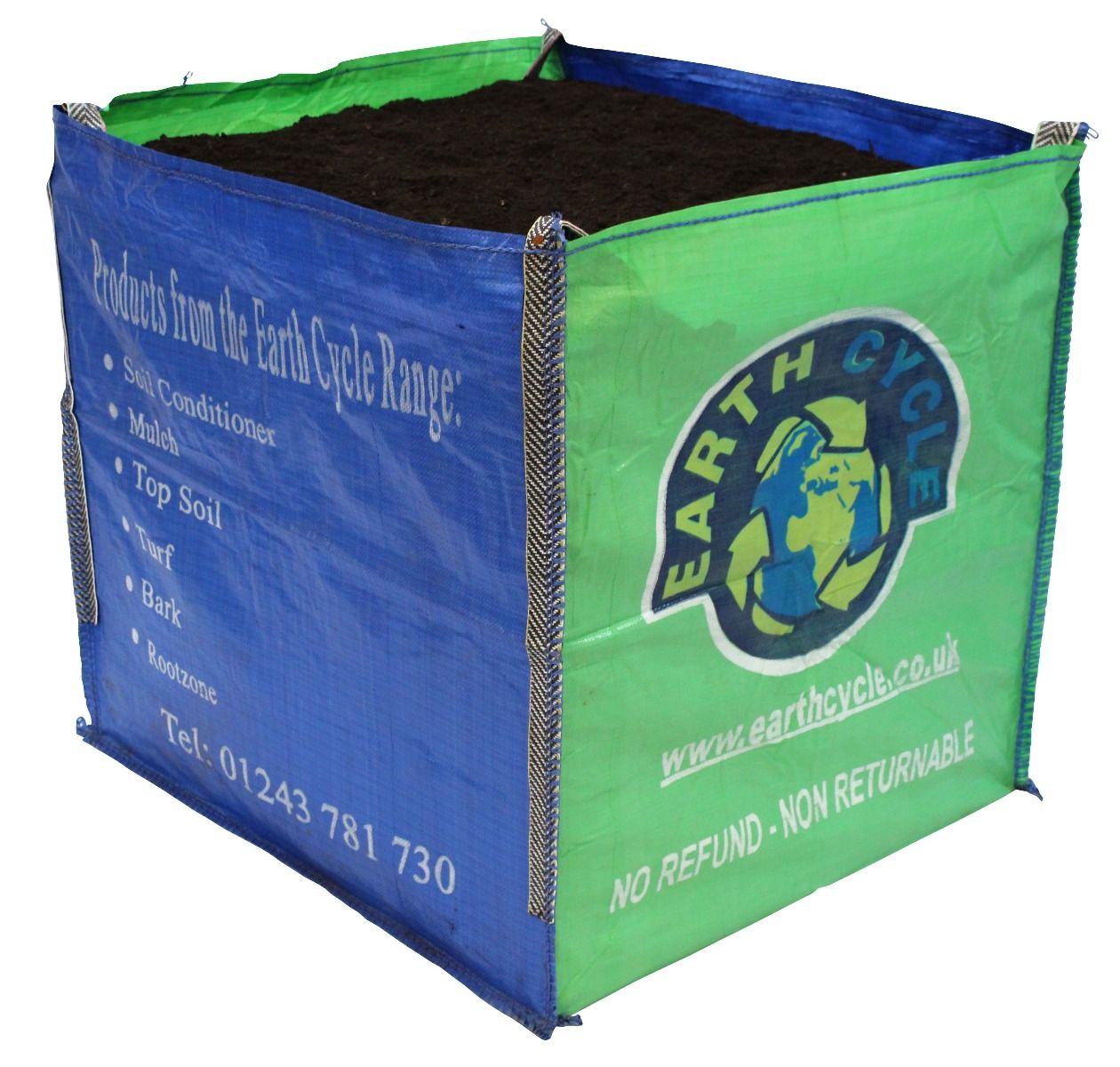
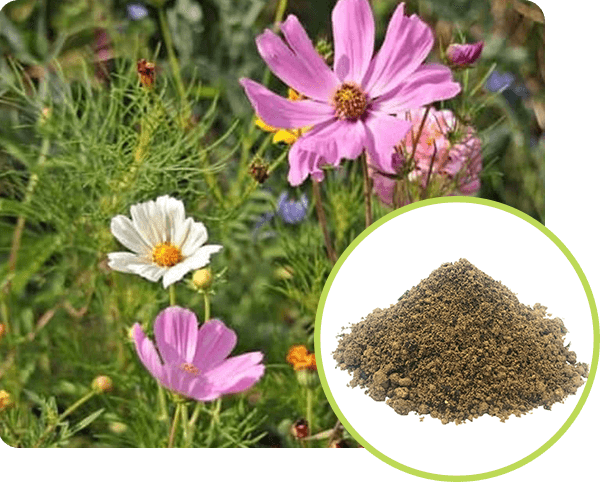
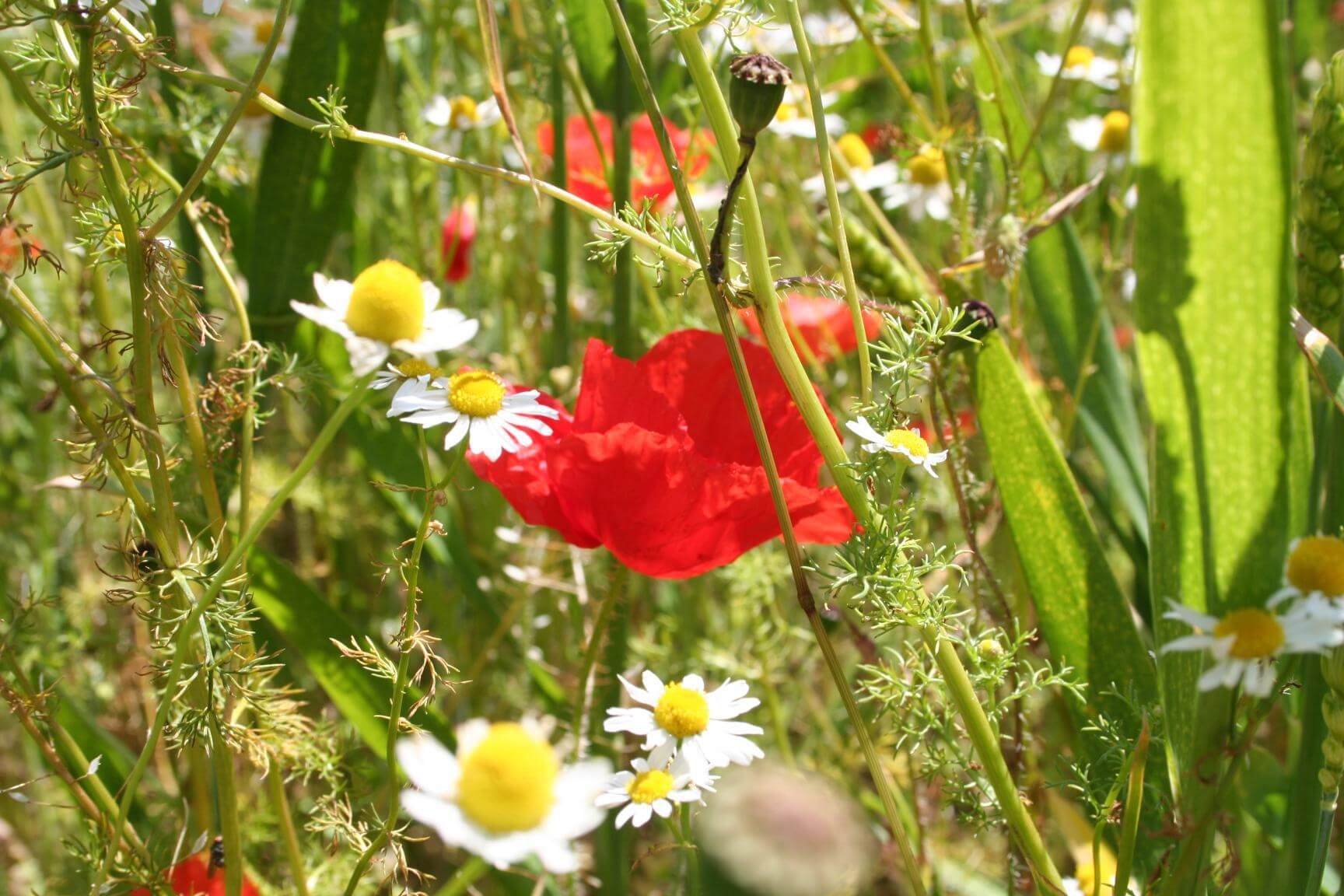
Our Wildflower Top soil has been specially developed and certified to BS3882:2015 specification for low fertility Topsoil. A sandy loam topsoil containing our PAS100 compost, and with a pH of 6.9, our Wildflower Topsoil is the perfect partner for growing balanced meadow communities of native wildflowers and grasses which require a less nutrient-rich soil than your usual garden soil provides.
based on 1 review.
Perfect for laying down the flower meadow mats